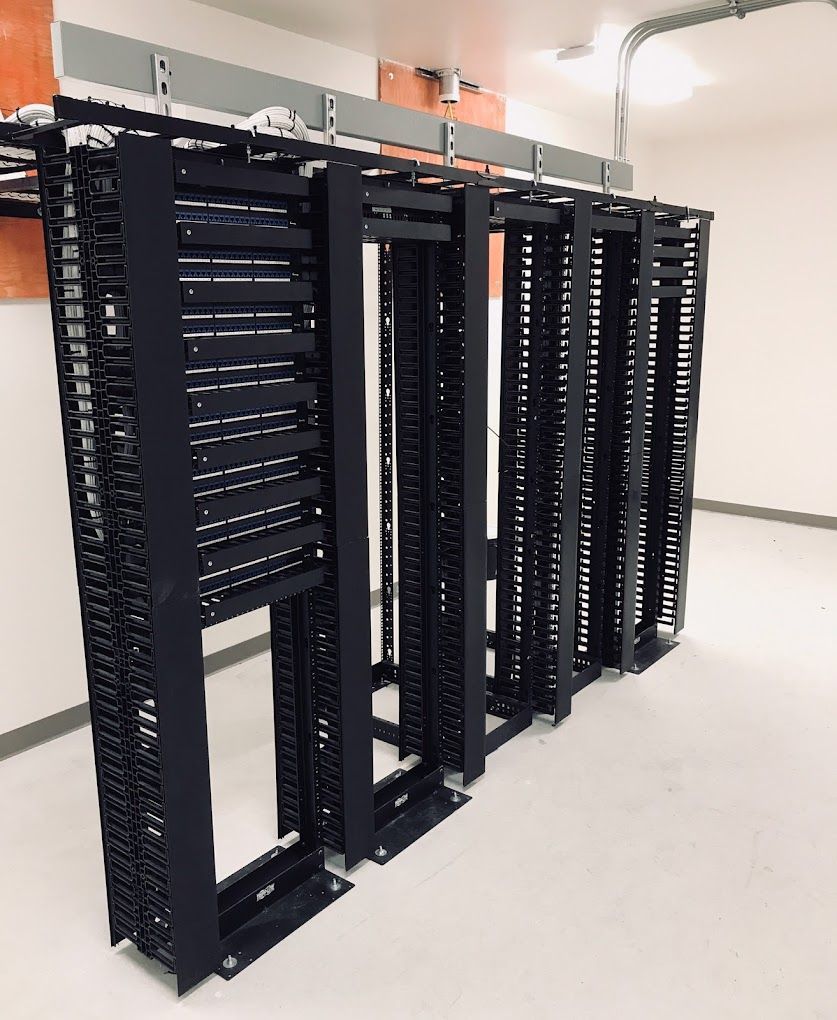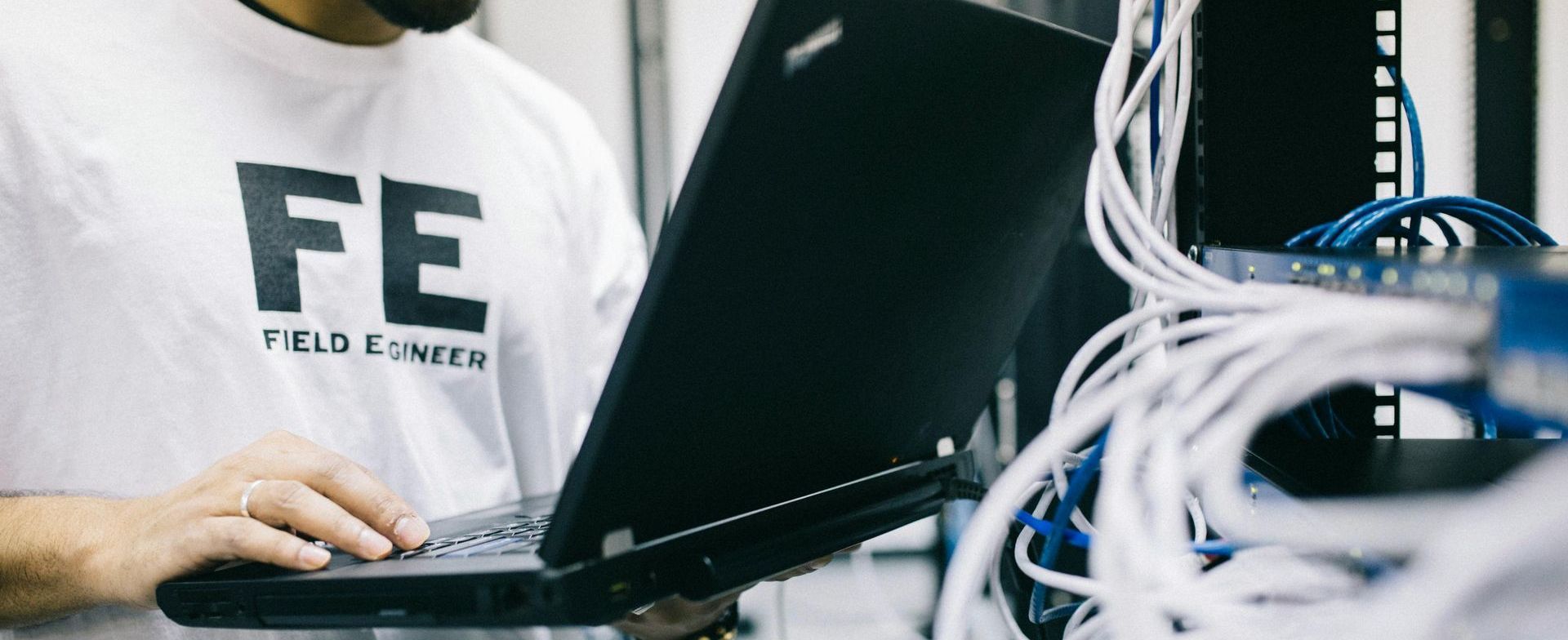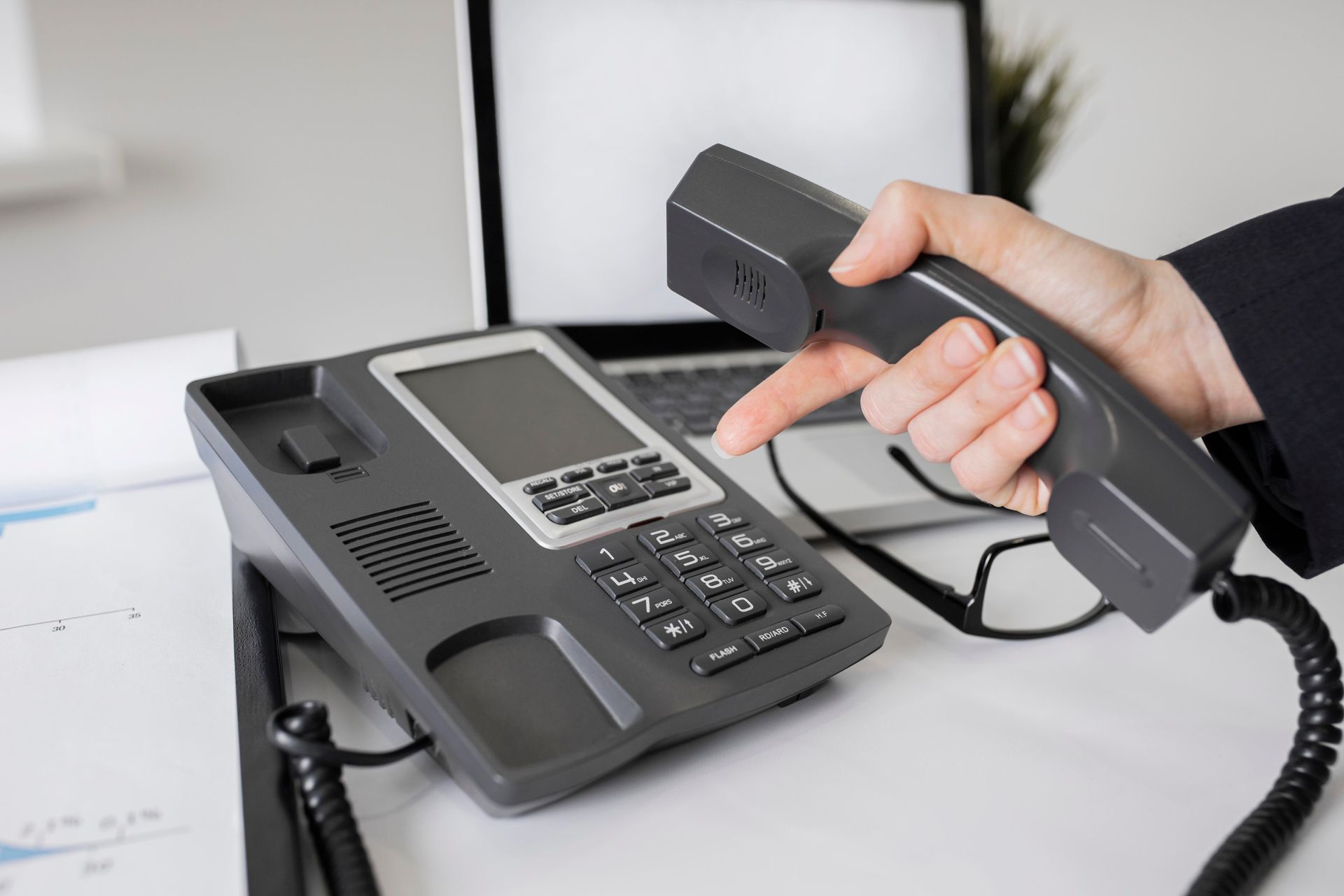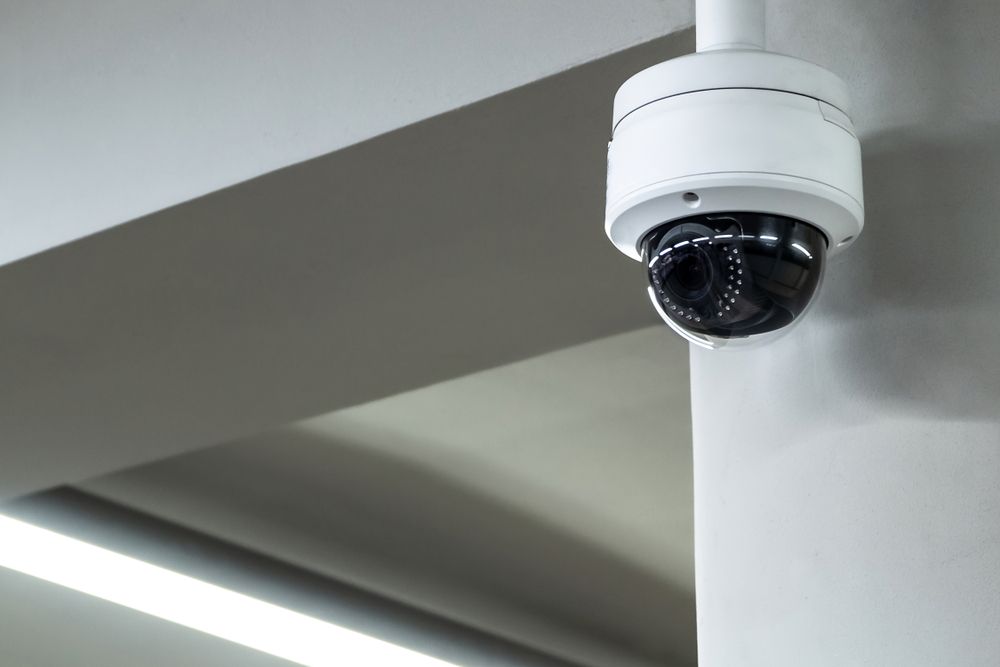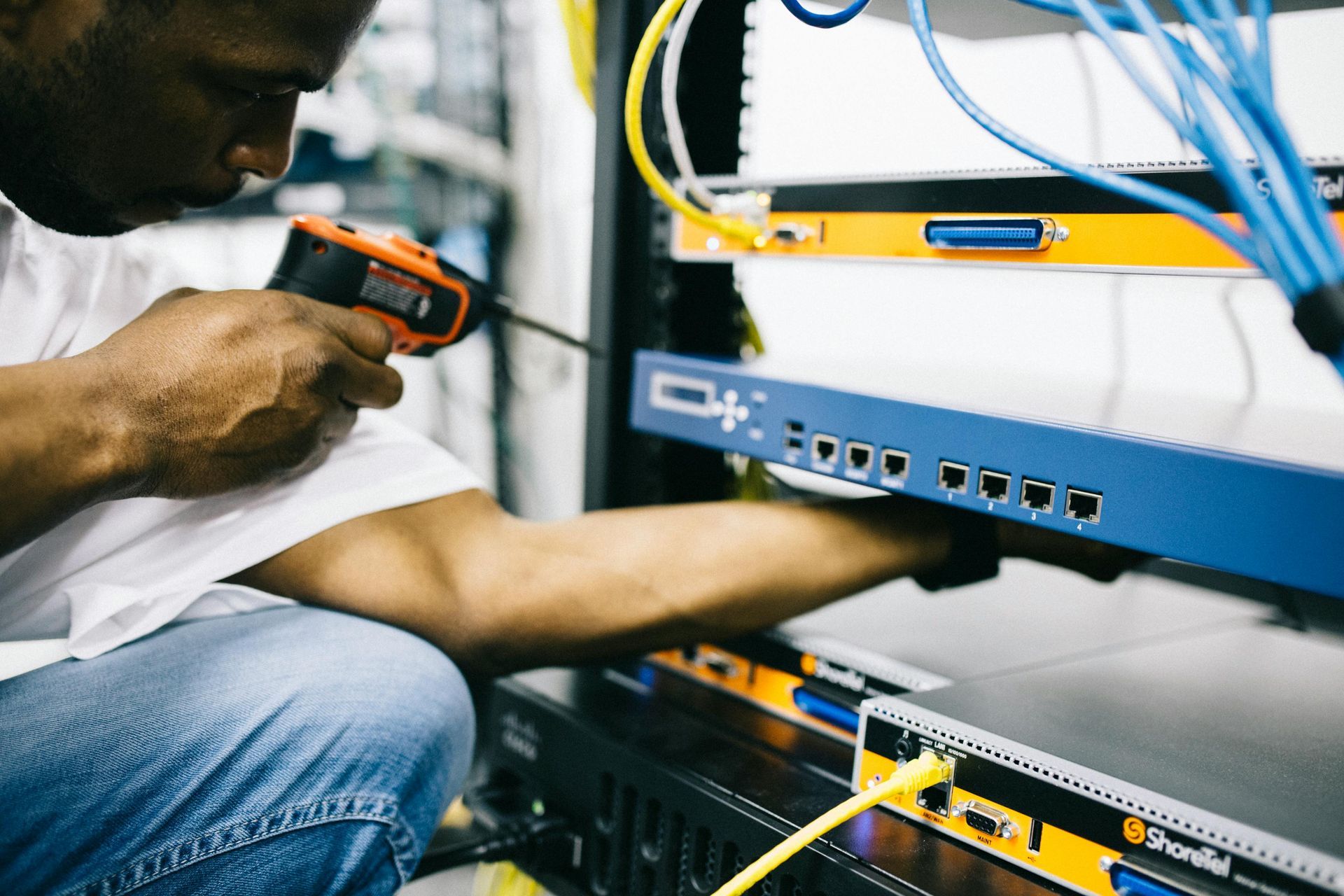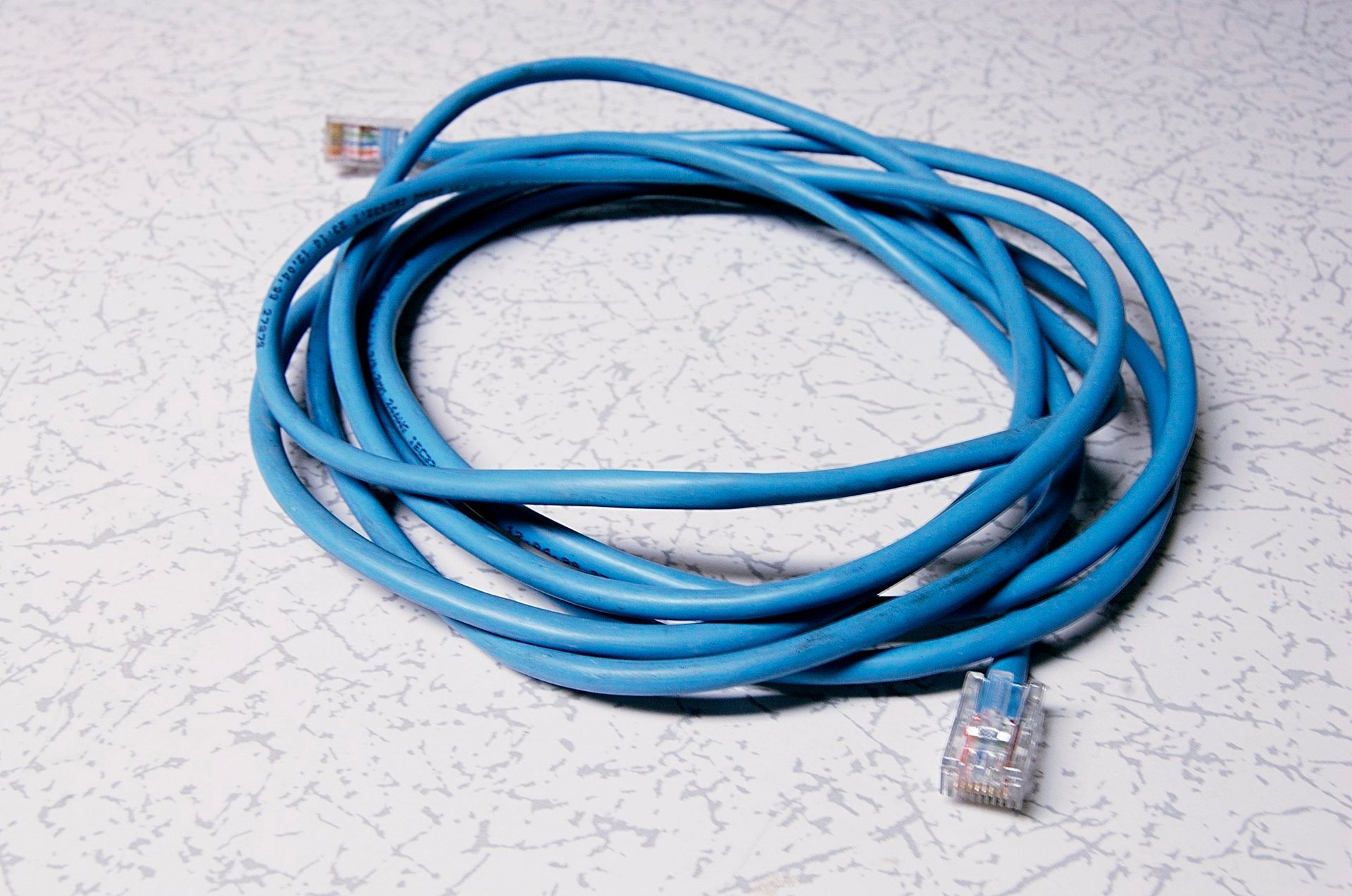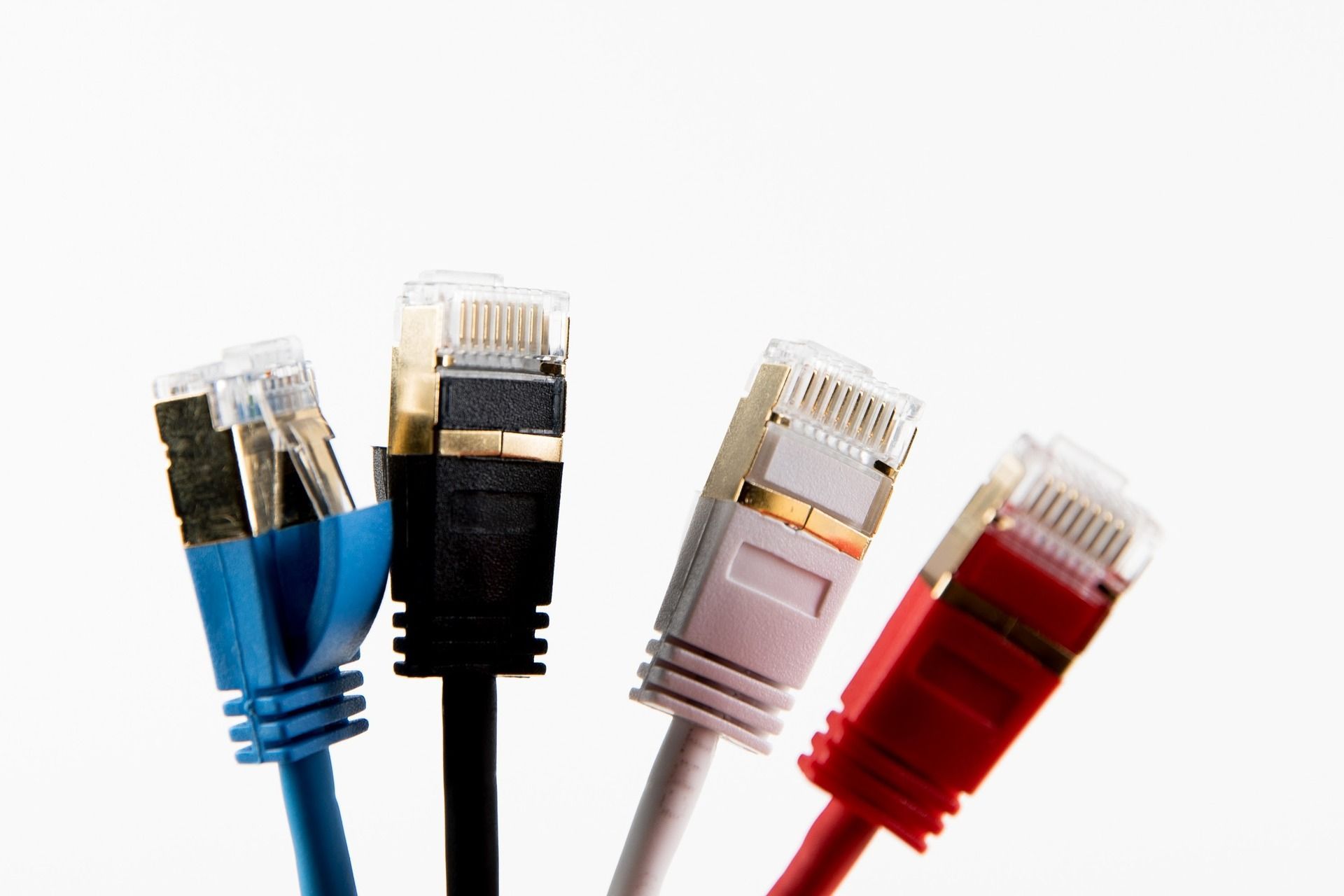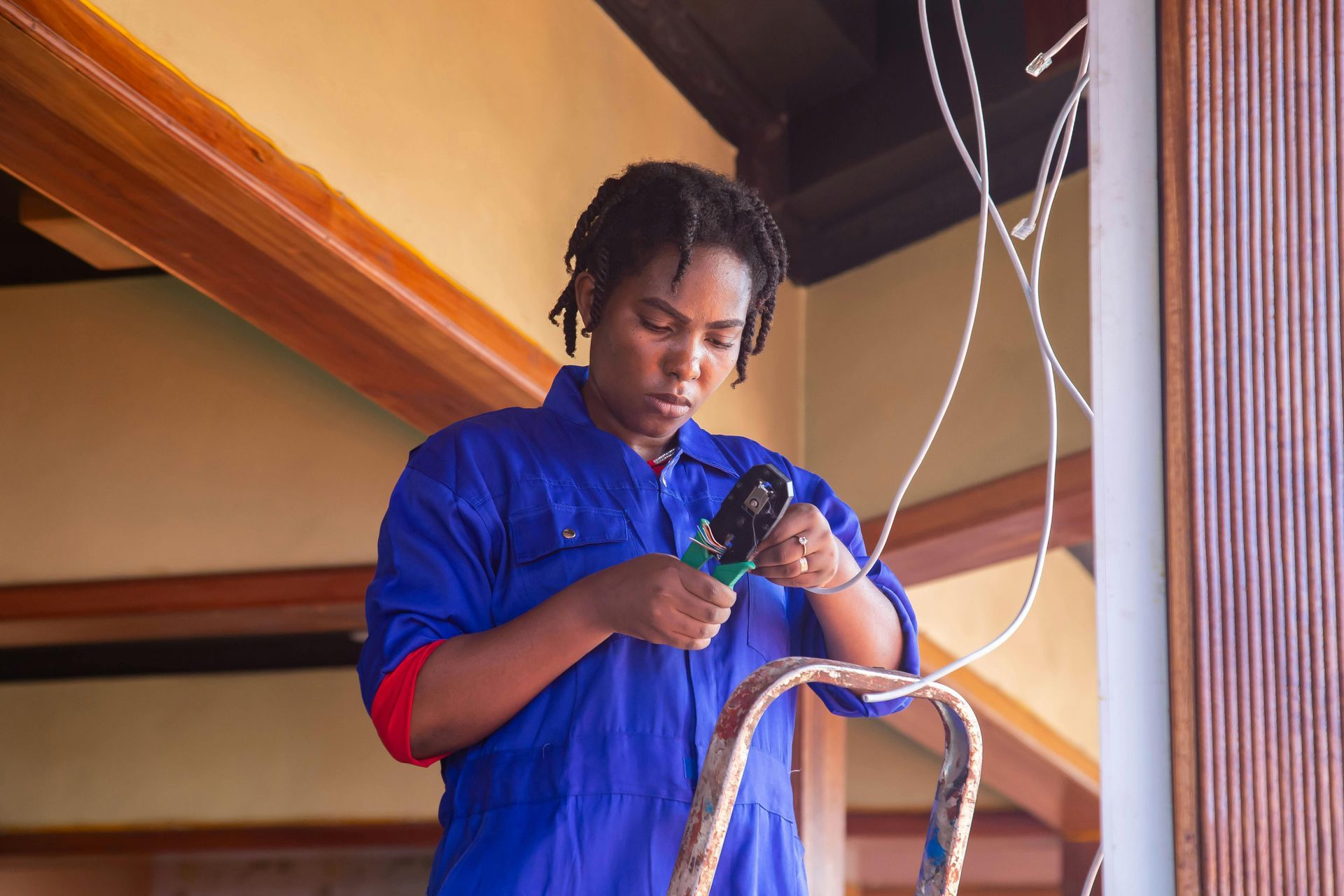Running Cables Parallel to Electrical Cables: What You Need to Know
Challenges of Running Network Cables Alongside Electrical Cables
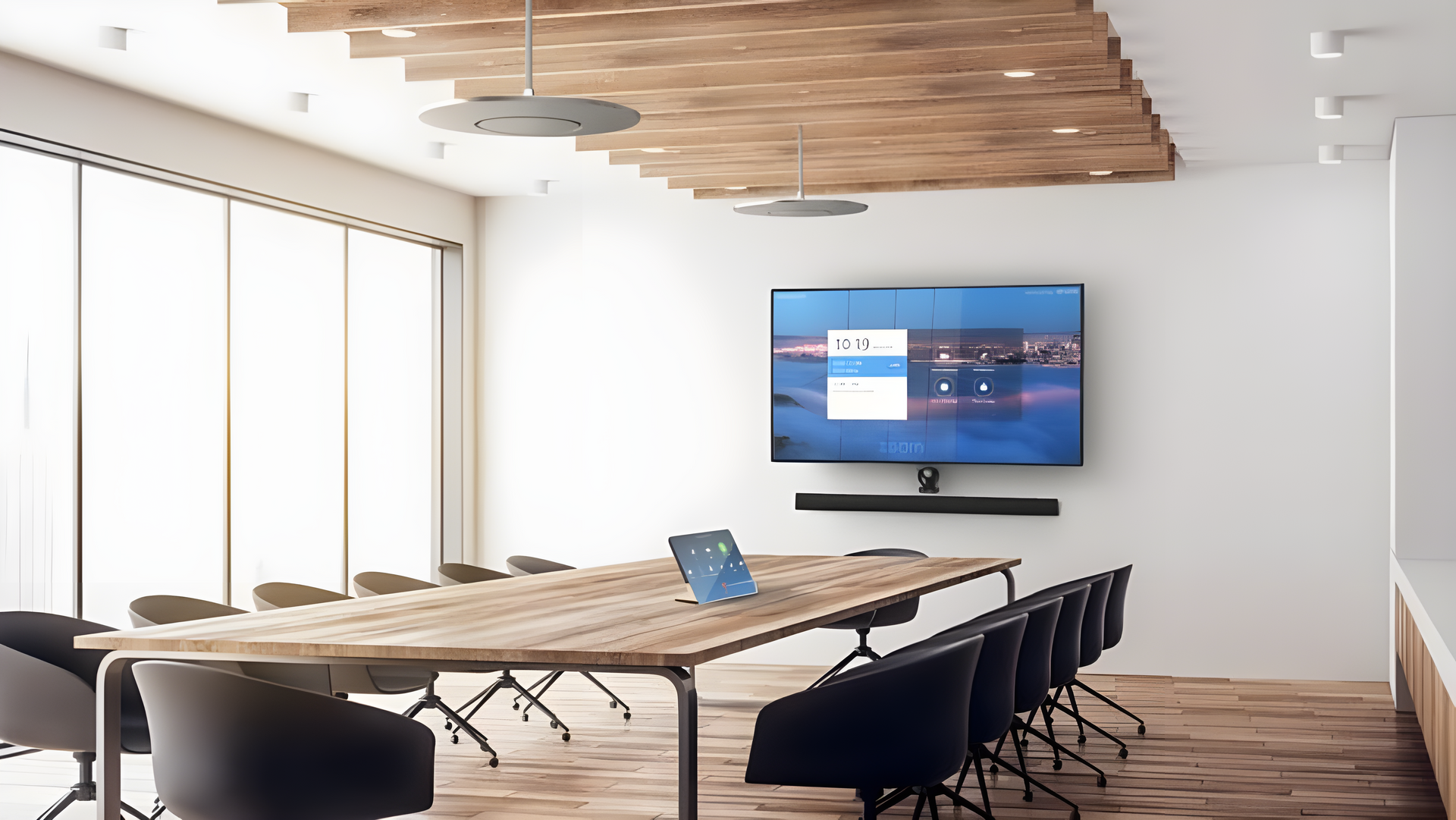
Laying network cables parallel to electrical cables is often necessary due to space constraints but comes with its own set of challenges, primarily due to electromagnetic interference (EMI). This blog post addresses the potential issues and strategic solutions for installations where network and power cables must coexist.
The Impact of Electromagnetic Interference
Electromagnetic interference from power cables can significantly disrupt the performance of network cables. Symptoms of EMI include slow data transfer, frequent errors, and even complete network disruptions. The risk increases with the proximity and length of the cables running side by side.
Strategies for Minimizing EMI
Establish Safe Distances: Ideally, keep data cables at least 12 inches away from power lines to reduce the risk of electromagnetic interference, following industry guidelines.
Opt for Shielded Network Cables: Shielded twisted-pair (STP) cables are highly recommended when installations near power lines are unavoidable. Their design helps protect data signals from external interference.
Intersect Cables at Right Angles: When network and power cables must intersect, arrange them to cross at right angles. This practice decreases the potential interaction time and area exposed to interference.
Employ Protective Conduits: Running power cables in protective metal conduits can help limit the spread of electromagnetic fields, thereby protecting nearby network cables.
Key Takeaways
Proper planning and installation techniques are essential when running network cables alongside electrical cables. By understanding the dynamics of EMI and implementing effective mitigation strategies, you can ensure stable and reliable network operations even in constrained or challenging environments.

Access Cabling & Security Copyright © 2023 All Rights Reserved | 1840 Gateway Drive San Mateo, CA 94404

